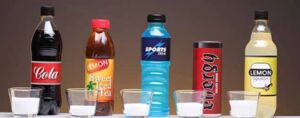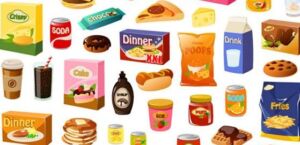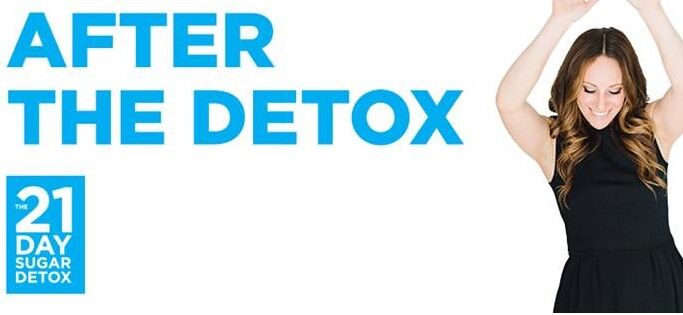The path to a healthy eating lifestyle is continuous. When people think of traditional diet advice, the primary reason is to lose weight. Naturally, traditional diet advice is to cut carbs and lower your calorie intake. Once you have done this and achieved your goal, the natural inclination is to go back to eating the things you originally gave up, which could lead to a cycle of “Dieting”
However, Diet Rite’s approach is different. Our approach is to teach and guide you to developing a new healthy eating lifestyle. When you adopt a healthy eating lifestyle, then you Diet Rite, simple.
Our #healthyeatingadvice is not only to cut carbs, and lower your calorie intake, our approach is to begin removing all those foods and substances that cause health issues over a long period of time. Reducing these substances is an important part of developing a healthy diet. Sodium (salt) and sugar are two of the most common things most people consume too much.
Why Cut Sugar Consumption?
The reasons for cutting down or cutting sugar altogether are numerous. Excessive sugar consumption can spike your blood sugar levels, then there is the crash which can leave you fatigued or cause intense mood swings.
Eating too much sugar can greatly increase your risk for heart disease, type 2 diabetes, chronic inflammation, and severe fatigue, not to mention weight gain. According to a 2012 Forbes article Americans consume about 130 pounds of sugar per year and an average of 22 teaspoons of sugar per day.
The recommendation for sugar intake from the American Heart Association is no more than 9.5 teaspoons per day for the average adult and even that may be too much. More people have become used to increased sugar intake in their diets, as different forms of sugar are added in many unsuspecting packaged foods.
This makes it difficult to remove sugar from our diet, but it’s not impossible. Here are some tips if you are trying to cut down your sugar intake and heal your body from the effects of a high sugar diet.
Cut out sugary drinks

One of the most important steps for cutting sugar is to be mindful of what you are drinking. We all know about sodas, but we have to be mindful of fruit juices, energy drinks, coffee, and teas.
Liquid calories can be tricky because we don’t register the calories from drinks. If we get calories from a drink, we still tend to eat the same amount of food or even more
Soft drinks, lemonades, sports drinks, and even fruit juices should be eliminated. Even 100% fruit juices should be cut. The fruit juice may have some additional vitamins, but it is still high in sugar. If you are a big fruit-juice drinker, try adding water to the juices to lessen the sugar intake from these drinks.
Watch Artificial Sweeteners


Some studies have shown switching from sugary drinks to diet drinks can help with weight loss. However, some research has shown that drinking diet sodas, daily, can increase risk metabolic syndrome. (Metabolic syndrome is a cluster of conditions that occur together, increasing your risk of heart disease, stroke and type 2 diabetes.)
These conditions include increased blood pressure, high blood sugar, excess body fat around the waist, and abnormal cholesterol or triglyceride levels..As with sugary drinks, the concern is still the amount or artificial sweeteners.
Drinking diet soda or other artificially sweetened drinks still gives the highly intense sweet flavor which can continue to program your brain to desire sweets.
Cut out Processed Foods


Another step for cutting sugar is to cut out processed foods. In our article on processed foods, we discuss the many forms of processed foods that are not realized, but when trying to cut sugar it can mean avoiding many foods that have become favorites.
Examples of common processed foods include crackers, chips, sweets, cereals, etc. Vegetables, legumes, nuts, seeds, and naturally raised meats are unprocessed food sources that are naturally low in sugar.
Fruits and unsweetened dairy have some natural sugar, but they are also nutrient-dense foods. Fruit also has fiber which slows the absorption of glucose in the blood.
This step can be hard and maybe why cutting out sugar can seem daunting. It can take some extra time for food prep and grocery shopping. However, it’s worth the extra work, but developing a healthier eating lifestyle is worth the effort.
4 Additional Tips


- Eat more protein and fiber: Protein and fiber, when paired with a carbohydrate of choice, can stabilize your blood sugar and help you avoid the sugar crash. Be sure to choose snacks and meals that are high in fiber and protein naturally: hard-boiled eggs, for one, or even a small omelet; a handful of nuts at your desk.
- Eat more Leafy Green Vegetables: Dark, leafy green vegetables that are high in a suite of micronutrients will help assist the liver in natural detoxification. .
- Stay hydrated: Drinking more water and unsweetened beverages is important. The lack of water or fluids can make it that much harder for your liver to handle excess sugar. Warm fluids like warm ginger tea may help to the digestive process and speed up flushing sugar from your system.
4. Read food labels As you continue to watch your sugar intake, check the labels of your food. Sugar can hide under many names including high fructose corn syrup, corn syrup, dextrose, glucose, sucrose or rice syrup. Buying the majority of your food as unprocessed can help cut out some time checking labels to watch for added sugars in packages.
Conclusion
With the growing global obesity epidemic and increase in chronic diseases, cutting sugar is the first step for a healthier diet. Sugary drinks and processed foods are major culprits that can make this difficult
Eating more unprocessed foods like vegetables, nuts, seeds, legumes or naturally raised meats can be staples in your diet. The goal in the first few days or weeks is to shift your standard of taste from sweet to much more natural.
Remember to check labels for sugar and for hidden sources like glucose or corn syrup.

